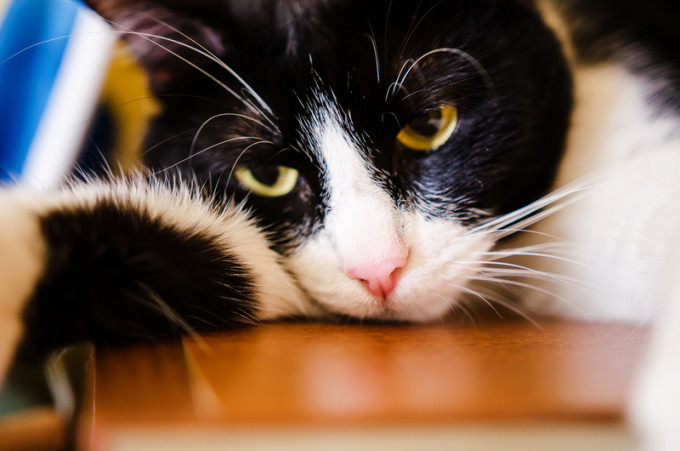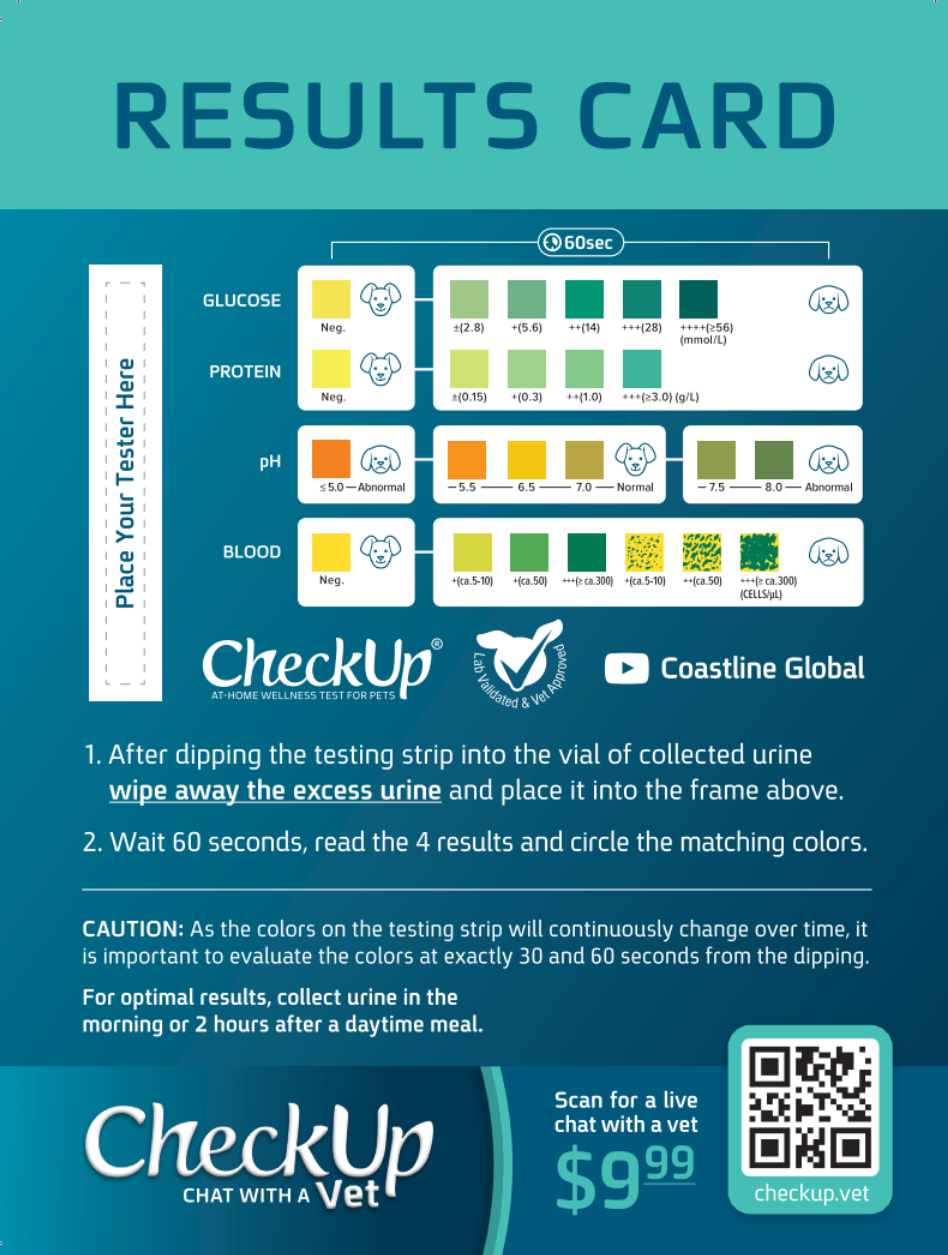Bacterial urinary tract infection (UTI) is a serious condition every cat parent must be aware of. UTI’s most frequently occur amongst cats from 1 to 10 years old according to the Merck Veterinary Manual.
What is a UTI?
Just like in humans, Urinary Tract Infection is the inflammation of the urinary bladder or the urethra; the anatomic structures that store and channel the urine from the kidneys to outside the body. These organs are tubular in nature, and as they swell due to inflammation, the passing of the urine might be difficult and painful due to the constriction of the lumen; a condition called DYSURIA.
What Causes it?
The most common cause of UTI’s in cat are from familiar bacteria’s such as: E Coli, Staphylococcus, Proteus, Streptococcus, Klebsiella, and Pseudomonas. Except for E. Coli, all of the following causative agents are just normal inhabitants on the skin of animals and man, therefore, contracting them is not difficult. It now boils down to the health of our respective cats, their age, and the presence of medical conditions that may lead to development of UTI.
What to look for?
Since cats hide their pain by nature, identifying the condition can be tricky. However, there are very clear signs that can indicate a problem which include:
- Painful or difficult urination (dysuria) – You may notice your cat making unusual noise when urinating. You may also notice your cat entering the litter box and taking a urinating stance, however no urine is produced.
- Frequent urination (pollakiuria) – your cats may every now and then excrete urine in small amounts, different from urine spraying that they normally do.
- Unable to urinate (anuria) – the complete cessation of the cat’s ability to urinate due to constricted urethra.
- Blood in the urine (hematuria) – traces of blood may be seen in the urine, or it may be red tinged.
These are the observable manifestations of the disease that every cat parent should be aware of. If your cat is expressing abnormal urinary behaviors, evaluation is recommended.
What to do if you think your cat has a UTI?
If you suspect your cat may have a UTI, based on the above warning signs, diagnostic kits for home use are available. A viable option is CheckUp for Cats. The Cat CheckUp Kit provides preliminary detection of UTI, as well as other conditions such as high glucose levels, kidney failure, and blood in the urine. For UTI specifically, CheckUp works to detect components in the urine that are present due to the presence of bacterial agents suggesting that there is infected.
If you have a positive result of UTI from a CheckUp kit, or suspect a UTI is present in your cat, you should bring your pet to the Vet immediately for appropriate medical intervention.
Common feline UTI treatments typically include an antibiotic series. Recovery is likely with the proper course of medication, and your cat can maintain a healthy life.
The earlier the detection, the better, so we can encourage you to CheckUp on your pet’s health, and take an active role in their care by remaining vigilant and observing any changes in behavior or appearance.
Wilfred John Salvador, DVM







